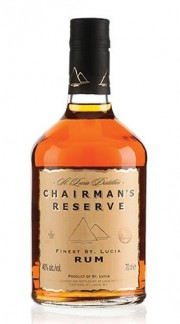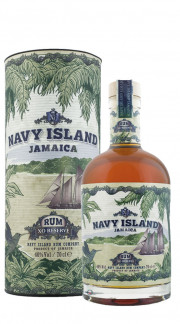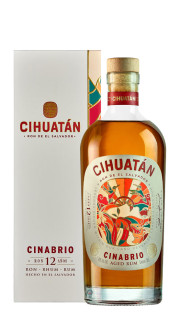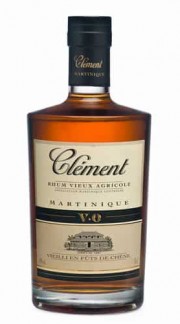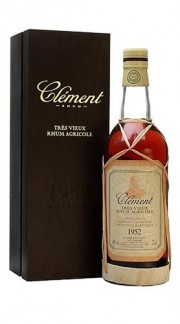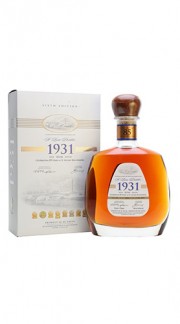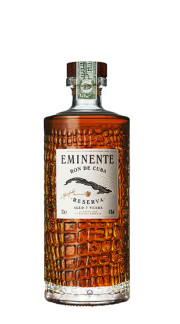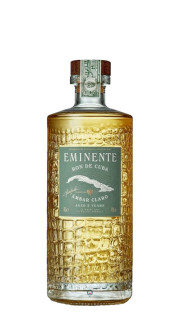It lacks to free shipping
Rum
The French call it rum, the English rum, the Spanish ron. In any case, rum remains a product, of Caribbean origin, of great charm. The first unofficial news on the distillation of sugar cane to make rum dates back to the end of the 1500s, but it was with the American Prohibition that it spread widely. Today, somewhat roughly, we divide agricultural rums from industrial rums. The latter are produced by the distillation of a by-product of sugar cane processing, molasses; agricultural rums instead see sugar cane directly in the distillation phase. There are differences from country to country as regards distillation, but everywhere the refinement is carried out in oak barrels, which are essential to give the characteristic gustatory imprints to the finished product. For the aging of the rum new barrels are not used, but second passage ones are preferred, those that contained bourbon and American whiskey , precisely because the tannins of a "used" wood are more elegant and delicate and integrate well with the structure of rum, without covering the personality and delicacy of agricultural rum. This "marriage" between rum and wood generates notes of ripe fruit, caramel, vanilla, tobacco and the typical balsamic notes of American oak, truly pleasant and complex. There is no disciplinary that regulates the aging of rum. Based on the aging we distinguish rums from one to three years for commercial ones, followed by those aged from five to seven years and often labeled with the words "dorado" or "anejo".
- This product is no longer in stock
€ 3,60- This product is no longer in stock
€ 1.445,70- Saint Lucia DistillersRum Chairman's Reserve 6th Edition SAINT LUCIA DISTILLERS 1931 70 Cl Astuccio
- This product is no longer in stock
€ 109,80

